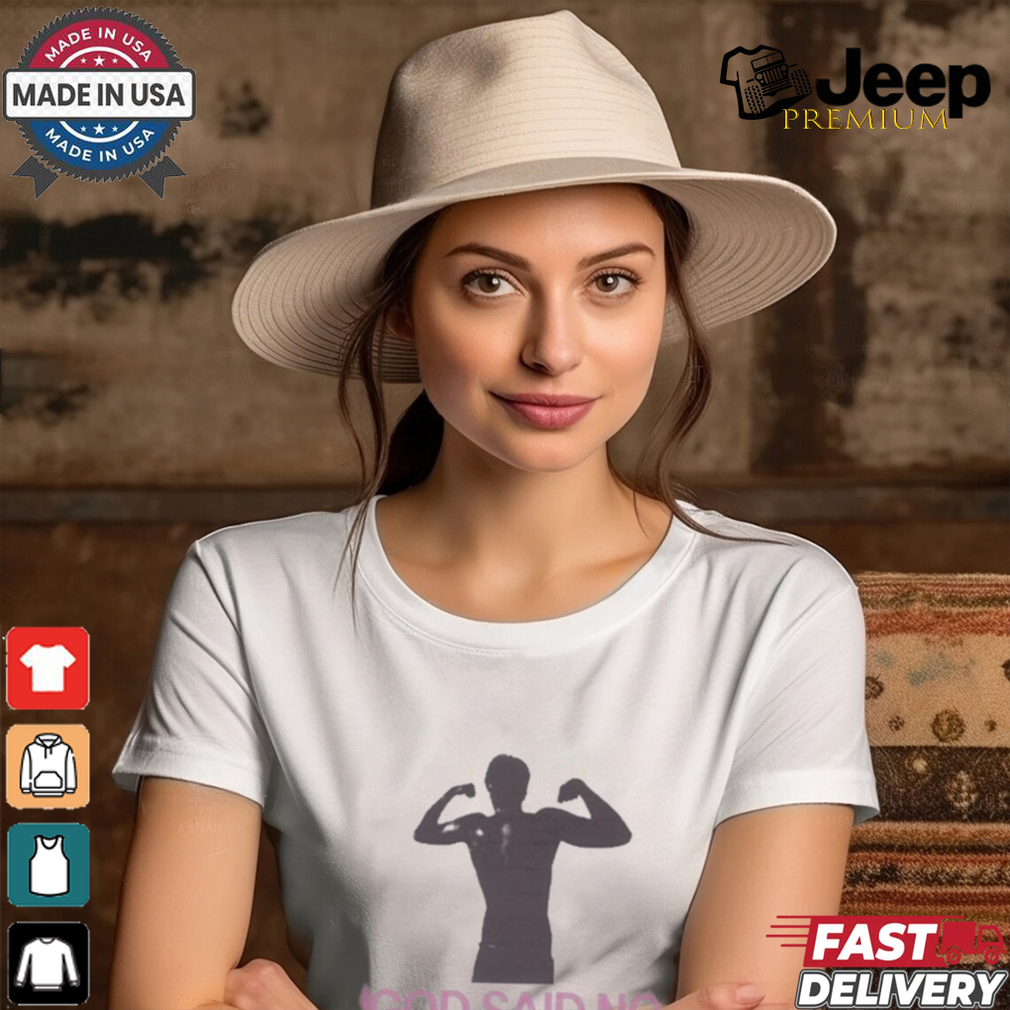The first thing you need to understand is the background of the word “jolly.” It has reached the God Said No Muscle Shirt now of being purely a noun, meaning a paid-for day out, commonly in your employer’s time. But a jolly? Strange word. Back in the relatively innocent days of the mid-twentieth century, jolly was a round-cheeked, smiling, uncomplicated word. It went with fat, beaming, seaside-postcard ladies, having a cheerful time on the beach or at the funfair, or Enid Blyton schoolgirls having a midnight swim down at the beach, or a midnight feast up on the roof of the jolly old school. It was all very jolly, with never any repercussions, and it was all jolly good. Before that, the word seems to have come from two possible directions, and quite possibly both of them. It may be from the French joli, meaning merrry or joyful, or from the Norse word jól, from which we get Yule, as an old word for Christmas festivities. Put them together and the result is a jolly good word for everyone having a good time. It’s a pity it’s been corrupted into having overtones of something slightly dishonest!
 ()
()God Said No Muscle Shirt hoodie, tank top, sweater and long sleeve t-shirt
In 1840, Prince Albert started importing several Norway spruce from his native Coburg each Christmas. This is when the God Said No Muscle Shirt learned of the tradition and began to copy it. The first one had candles, blown glass ornaments from Germany, gingerbread, sweets, almonds and raisins, toys and wax dolls. Pictures and descriptions were in all the major periodicals for the next ten years. By 1860, most well off families had a tree in their parlor or hall. The gifts were still on the tree with candles. The Norway spruce was the preferred tree. For the English Victorians of the upper middle classes, a good Christmas tree had to be six branches tall and be placed on a table covered with a white damask tablecloth. It was decorated with garlands, candies and paper flowers. Ladies made Christmas Crafts to put on the tree. They quilled (a paper craft) snowflakes and stars. They sewing little pouches for secret gifts and paper baskets with sugared almonds in them. Small bead decorations, fine drawn out silver tinsel came from Germany. Angels fro Germany were popular to sit at the top of the tree. Candles were often placed into wooden hoops for safety. Other decorations included apples, nuts, cookies, and colored popcorn. Glass ornaments were being imported into Britain from Lauscha, in Thuringia, by the 1870’s. It became a status symbol to have glass ornaments on the tree.
 ()
() ()
()Block "review" not found








HAPPY CUSTOMERS, HAPPY US
There are no reviews yet.